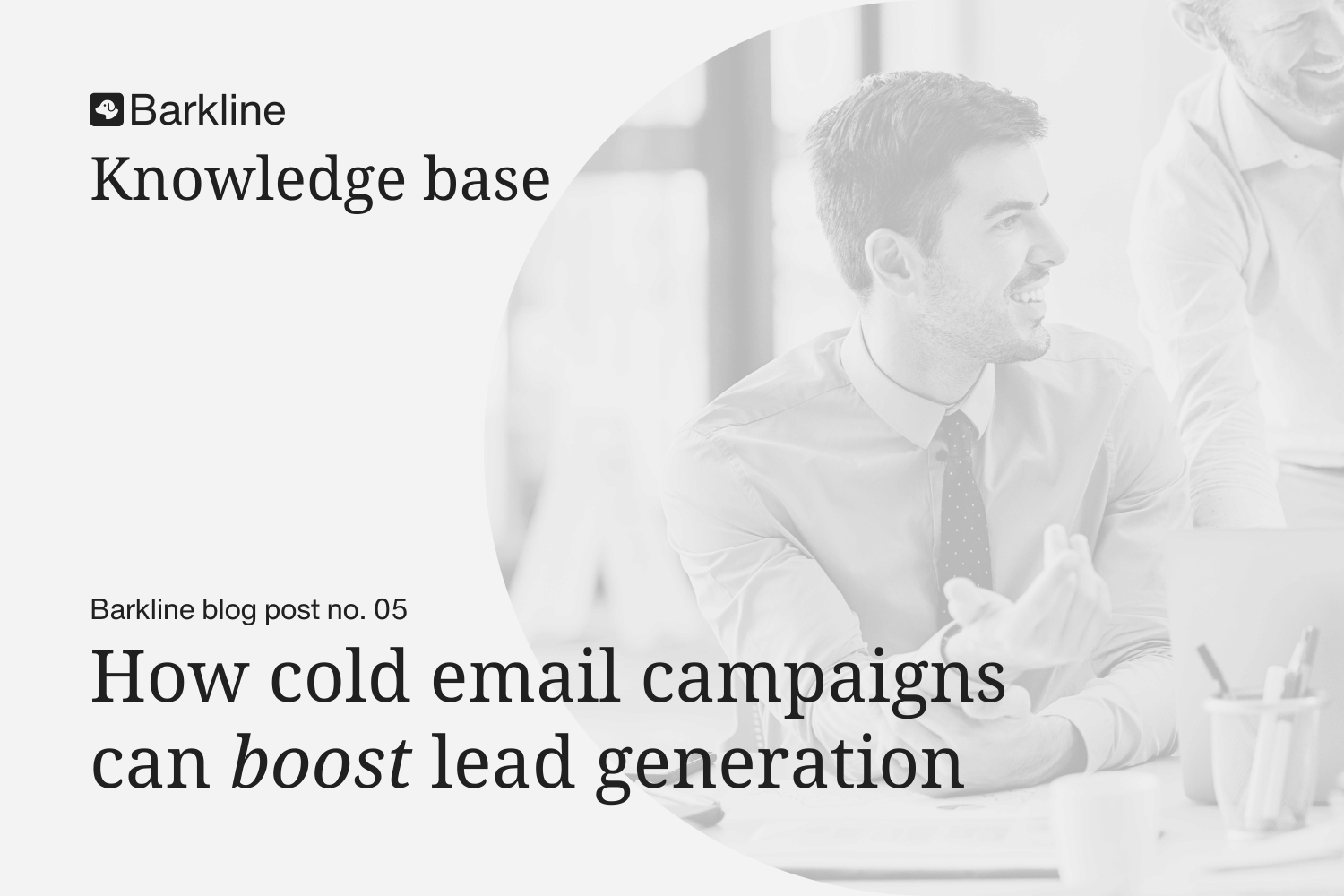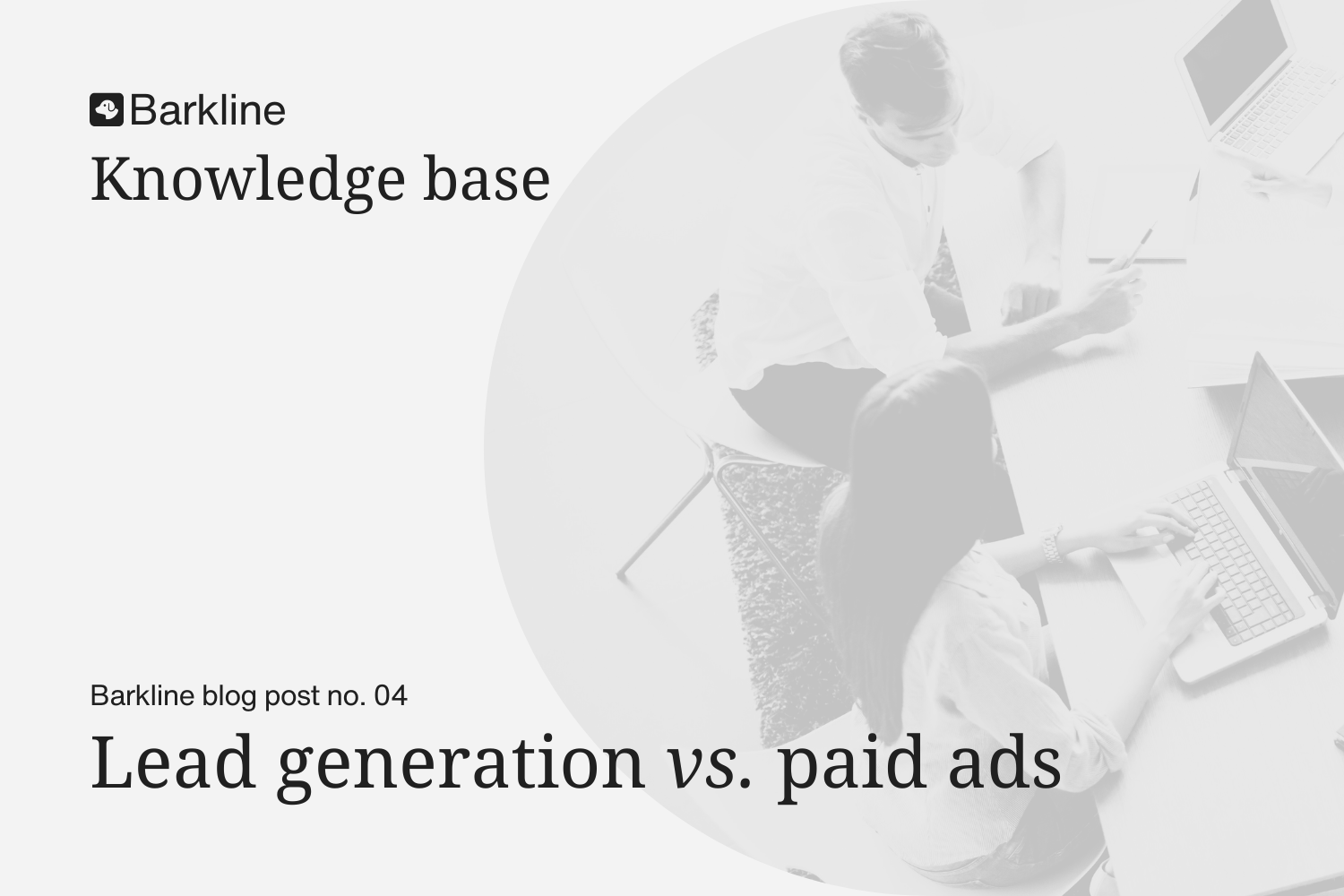Navigating the tricky world of getting and keeping customers in the SaaS world needs a smart plan, and understanding your customers well is super important for your company’s success. To figure out a way to tackle this effectively you need to dive into a few key topics, and we’re here to guide you through them.
Take a look at how you can figure out who your ideal customers are and how to keep them happy, by going through each step thoroughly. Let’s dive in and explore these strategies together!
Gathering Insights
To truly understand your audience, you need to immerse yourself in your industry and get to know your competitors. For instance, let’s say you’re running a project management SaaS platform. Start by researching other project management tools on the market. What features do they offer? How do they position themselves? What do their customers say about them? By analyzing your competitors, you can identify gaps in the market and opportunities to differentiate your product.
Additionally, direct feedback from your customers is irreplaceable. Conduct surveys or interviews with businesses that use project management tools. Ask them about their pain points, frustrations, and wish lists for features. By providing ways for customers to voice their opinions and concerns, such as through support tickets, live chat, or feedback forms, you can gather valuable insights into their pain points and preferences.
Responsive and attentive customer support representatives can actively engage with customers to uncover deeper insights during support interactions. For example, you might learn that many businesses struggle with task prioritization or collaboration across teams. Armed with this information, you can tailor your product roadmap to address these specific pain points and deliver a solution that resonates with your target audience.
Creating your ICP Personas
Creating detailed personas is key to understanding your audience. These personas include details like age, job, problems they face, and how they like to communicate. For example, let’s say you have “Small Business Owner Sarah” or “Enterprise IT Manager Mike” as personas. Each one represents a different type of customer you might have. These personas help you know how to talk to your customers and what they need from your product.
If you’re targeting small business owners like Sarah, you might use more casual and relatable language in your messaging. You could highlight how your product helps save time and streamline processes for busy entrepreneurs. On the other hand, when reaching out to enterprise IT managers like Mike, you might use more technical language and focus on aspects like security, scalability, and integration with existing systems. Tailoring your communication style to resonate with each persona ensures that your message resonates with them and effectively addresses their pain points.
Targeting Specific Niches
Segmenting your audience involves breaking them down into smaller groups based on factors such as their industry, company size, or location. This approach allows you to customize your marketing efforts to better suit the specific needs of each group, increasing the effectiveness of your messaging. For instance, if you’re offering finance software, you might create separate campaigns for individual investors, small businesses, and large corporations, highlighting features that are most relevant to each segment. This tailored approach ensures that your marketing resonates with your audience and encourages them to consider your software for their financial management needs.
Addressing Pain Points
Creating a compelling value proposition means clearly explaining the special benefits and value your software offers to users. To make one that hits home, you need to really get what your users struggle with and want.
Finding your value proposition starts with understanding what makes your software special and valuable to your users. It’s about figuring out what problems your software solves for them and why they should choose yours over other options. Talking with your current users through your customer support team is key here. They interact directly with users every day, helping them troubleshoot problems, answer questions, and provide guidance on how to get the most out of your software. Listening to the issues and concerns raised can help your support team identify patterns and trends that reveal what users value most about your software. This feedback can then be used to refine and strengthen your value proposition, ensuring that it speaks directly to the needs and desires of your target audience.
Insights from Your Happy Customers
Take a good look at those who are already using your product or service and are really pleased with it. Try to find commonalities among them, such as the types of businesses they work for, where they’re based, or the challenges they’re facing.
To gather this information, start by checking your customer database or CRM system. Look for similarities among your happiest customers, like their industry, company size, location, or how they use your product. You can also ask your existing customers questions through surveys or interviews to learn about their problems, needs, and goals. Additionally, pay attention to the conversations your customers have with your support team to spot any recurring issues or themes. By combining data with feedback, you’ll get a clear picture of your ideal customer profile and can adjust your marketing accordingly.
Happy Customer
Knowing your target audience inside and out is key to thriving in the SaaS world. Through thorough research, detailed personas, audience segmentation, a compelling value proposition, and savvy customer support, you can build strong bonds with your customers and fuel steady growth.
At Barkline, we get your challenges and offer support solutions tailored just for you. Reach out today and see how we can boost your support game!




